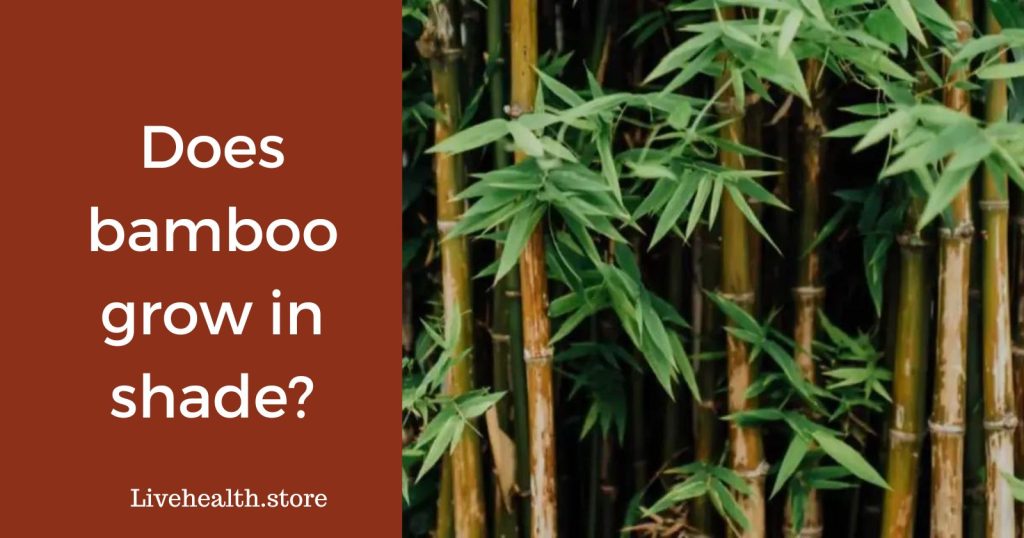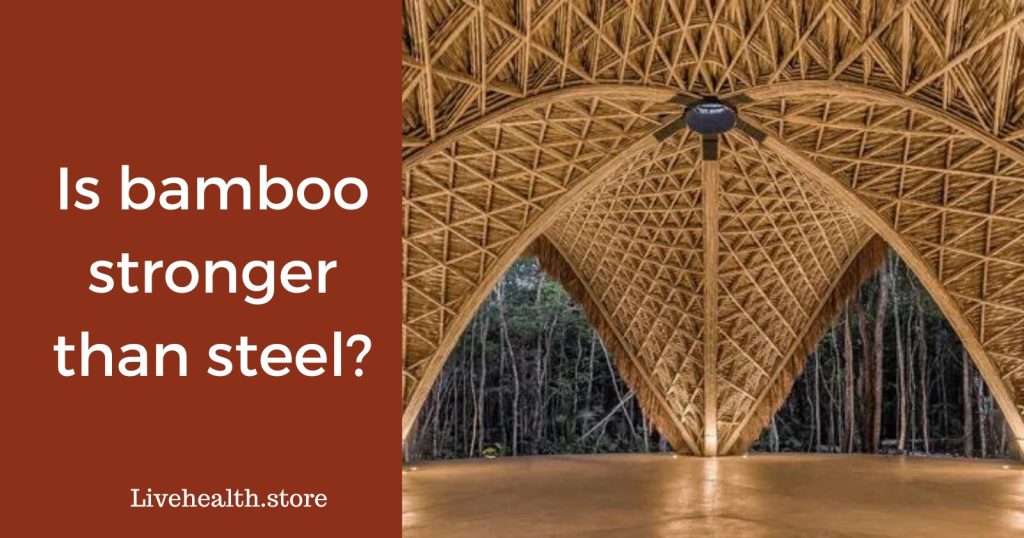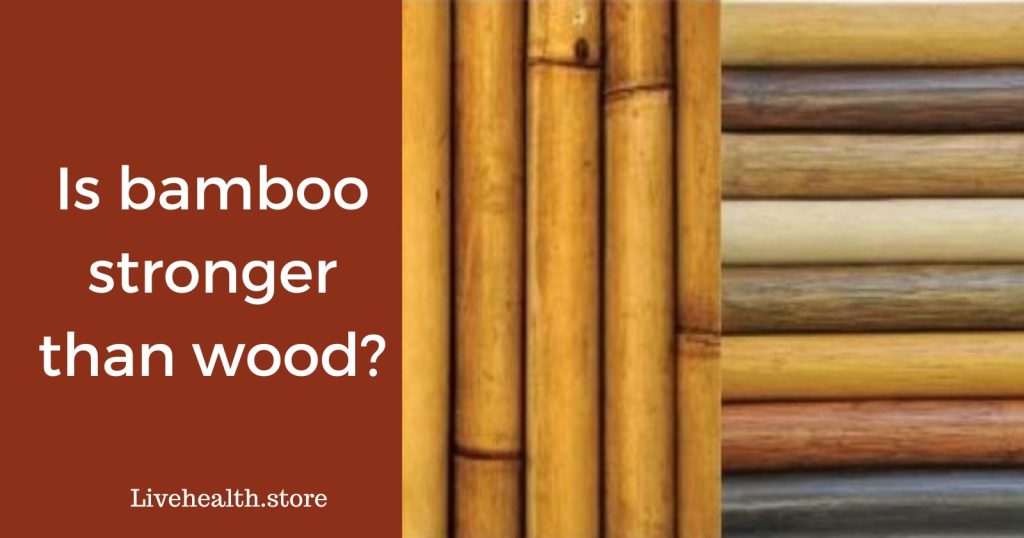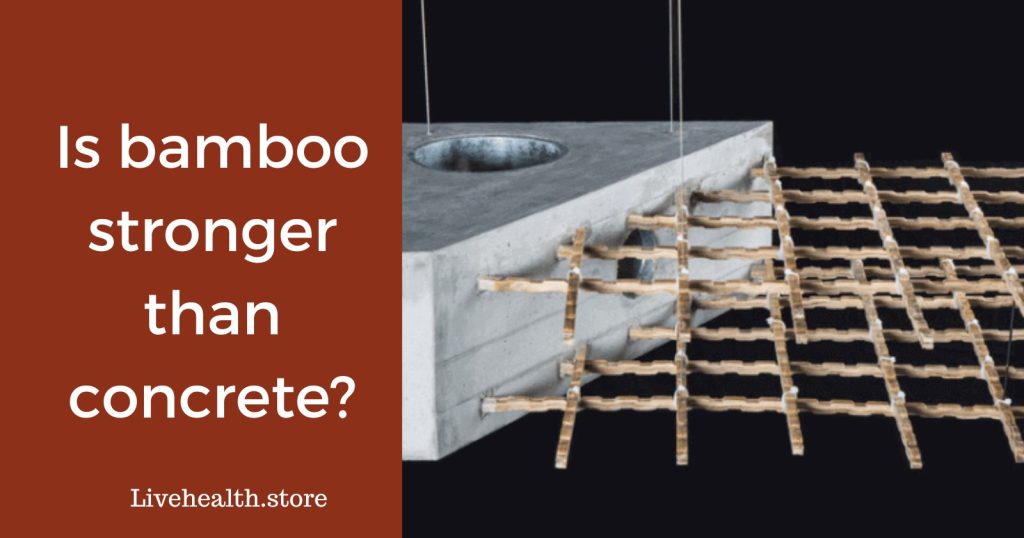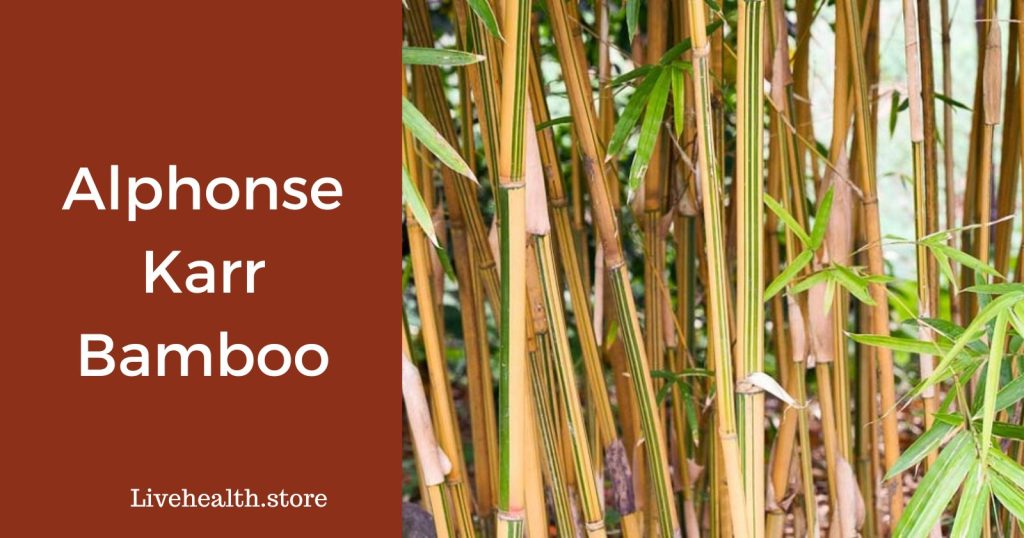Black Asper Bamboo: Unveiling Its Uses and Garden Benefits
What is Black Asper Bamboo?
Black Asper Bamboo is a running bamboo that can grow up to 30 feet in height. It features solid black culms (stems) that typically have green foliage. The culms have a smooth texture and can grow up to 2 inches in diameter. Though not all culms turn completely black, many do, giving this bamboo variety its distinctive appearance.
Features
- Elegant and striking: The deep black color of the culms makes Black Asper Bamboo a visually striking addition to any garden or landscape.
- Fast-growing: This bamboo variety is known for its rapid growth rate, making it an excellent option if you're looking for a natural privacy screen or windbreak.
- Low-maintenance: Black Asper Bamboo requires minimal care and can thrive in various climates and soil conditions.
- Versatile: Due to its dark color and impressive height, Black Asper Bamboo is often used in landscaping projects to create dramatic focal points or provide natural shade.
- Hardy: This bamboo variety is relatively hardy and can tolerate cold temperatures down to USDA zone 6.
Benefits and Uses
Black Asper Bamboo, scientifically known as Phyllostachys nigra, is a versatile plant that offers numerous benefits in various industries. Its unique characteristics make it an ideal choice for construction, furniture making, and as a sustainable material.
- Strength and durability: Black Asper Bamboo has an excellent strength-to-weight ratio, making it stronger than many traditional building materials. It can withstand heavy loads and is highly resistant to earthquakes.
- Flexibility: The natural flexibility of Black Asper Bamboo allows for innovative architectural designs. It can be bent, curved, and shaped into various forms.
- Eco-friendly: Choosing Black Asper Bamboo in construction helps reduce carbon emissions and promotes sustainability. It grows rapidly, requiring minimal water and no pesticides.
- Aesthetics: The dark color and unique grain patterns of Black Asper Bamboo make it a visually appealing choice for furniture. It adds an elegant touch to any space.
- Strength and stability: Black Asper Bamboo furniture is known for its strength and durability. It can withstand heavy usage without compromising its integrity.
- Sustainable alternative: By using Black Asper Bamboo instead of traditional wood, furniture makers contribute to the preservation of forests and promote environmental sustainability.
sustainable material
- Rapid growth: Black Asper Bamboo is one of the fastest-growing plants on earth. It can reach full maturity in just a few years, making it a highly renewable resource.
- Low environmental impact: Unlike traditional materials that require extensive processing and manufacturing, Black Asper Bamboo requires minimal energy and water resources during production.
- Carbon sequestration: The extensive root system of Black Asper Bamboo helps absorb carbon dioxide from the atmosphere, making it an effective tool in mitigating climate change.

Growing and Cultivating
Black Asper Bamboo, also known as Phyllostachys Nigra, is a stunning and unique addition to any garden or landscaping. To ensure the healthy growth of this bamboo species, it is essential to provide the right conditions.
Climate: Black Asper Bamboo thrives in temperate climates with mild winters and warm summers. It can tolerate temperatures as low as -10°C (14 °F), but prefers a milder climate.
Sunlight: Full sun exposure is ideal for Black Asper Bamboo, although it can tolerate partial shade. Ensure that the planting area receives at least six hours of direct sunlight daily.
Soil: Well-draining soil is crucial for the health and proper growth of Black Asper Bamboo. It prefers slightly acidic to neutral soil with pH levels between 6.0 and 7.0.
Care instructions
To keep your Black Asper Bamboo healthy and vibrant, follow these care tips:
Watering: Regular watering is essential during the growing season to keep the soil damp but not waterlogged. Avoid overwatering, as it can lead to root rot.
Fertilizing: Apply a balanced organic fertilizer once per year, preferably in early spring, to provide necessary nutrients for growth and health.
Pruning: Remove dead, damaged, or weak canes regularly to encourage new growth and maintain the desired shape of the plant.
Controlling spread: Use barriers, such as thick plastic or concrete, along the plant's perimeter to prevent spreading through rhizomes.
Black Asper Bamboo vs Traditional Bamboo
- Appearance: Black Asper Bamboo, also known as Dendrocalamus asper, is distinguishable by its dark black coloration, providing a unique and exotic look compared to the traditional light-colored bamboo varieties.
- Size: Black Asper Bamboo is significantly larger than traditional bamboo species, with culms reaching up to 100 feet in height and 8 inches in diameter.
- Strength: Black Asper Bamboo is known for its exceptional strength and durability, surpassing that of traditional bamboo. It has a high tensile strength, making it ideal for construction purposes and even as a sustainable alternative to steel reinforcement in concrete.
- Aesthetic Appeal: The striking black color of the Black Asper Bamboo adds an elegant touch to any landscaping or architectural project, setting it apart from the lighter hues of traditional bamboo.
- Versatility: Due to its larger size and superior strength, Black Asper Bamboo can be used for a wider range of applications, including furniture, flooring, fencing, and even as a renewable source for energy production.
- Sustainability: Like traditional bamboo, Black Asper Bamboo is highly sustainable, with rapid growth rates and minimal environmental impact. Its vast utilization potential makes it a valuable resource for reducing reliance on non-renewable materials.
Hi there, I’m Sam Billings, and I’m all about sustainability. Running a printing business is my thing, but my real passion is preserving nature. That’s why I run the Live Health blog, where I focus on Bamboo plants and their eco-friendly goodness.

